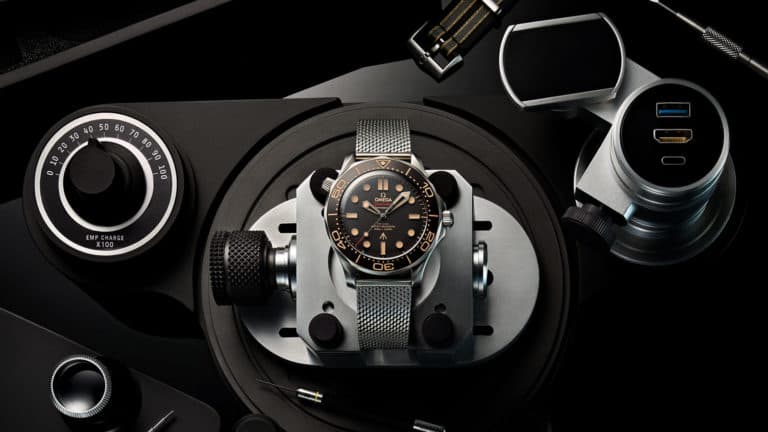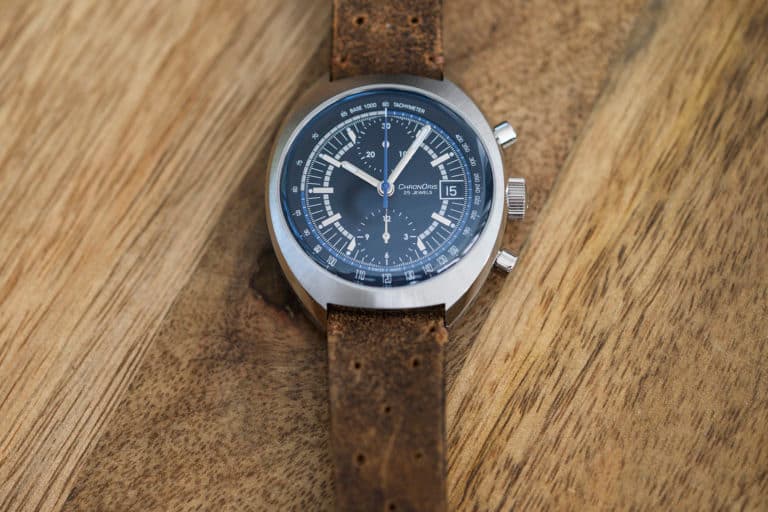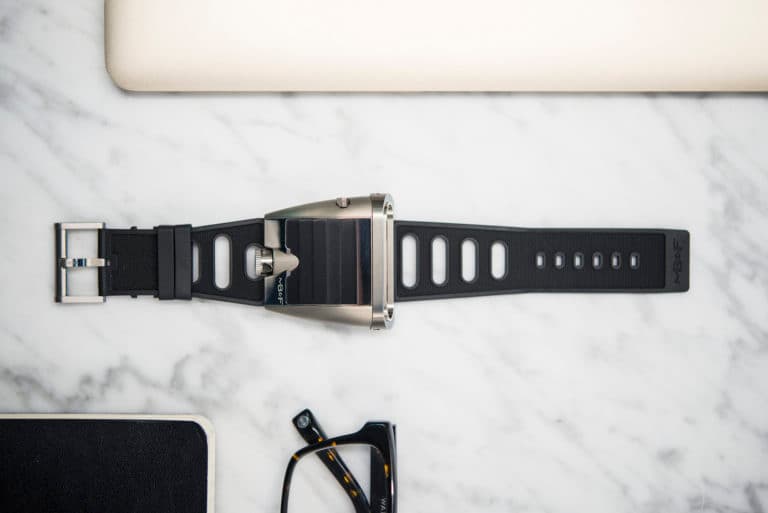The most practical watch complications are implemented in ways that make them clear and easy to read for the benefit of daily use. This doesn’t mean all complications are practical (in reality, few are), but their integration to the dial and case design are often contentious considerations for manufacturers and buyers alike. On the flip side of that coin, there are complications which play more of a background role, their overall usefulness not measured by their appearance on the dial or practicality in everyday wear. Examples of this range from the pedestrian, such a power reserve indication; to the ornate, such as sidereal time. A more extreme example, is something called constant force.
Constant force as a concept gets a bit technical, to say nothing of the actual solutions watchmakers have devised to achieve it. Calling it a complication might even be a stretch, but there’s no denying the complexity it can add to a mechanical movement, all for the sake of consistent and accurate timekeeping.
Before reading further, here is some recommended reading that will shed some light on the basics of how a watch works. Title image credit: Ferdinand Berthoud

The Fusee and Chain mechanism isolated, credit A. Lange & Sohne
The term constant force, when used in the context of mechanical watch movements, is referring to the application of a consistent level of energy (force) to the escapement regardless of the amount of energy stored within the mainspring. To put it another way, this component keeps the watch equally accurate from the moment you fully wind it, to the moment it stops ticking. A watch loses accuracy the more unwound its mainspring becomes thanks to something known as Hooke’s Law. This drop in amplitude also accounts for the gradual slow down of your child’s wind-up toys. We won’t go into those physics, but watchmakers have developed some ingenious solutions to negate these effects, thus maintaining the accuracy of the watch over the full reserve of power. The most effective visualization of a constant force mechanism at work is the fusée and chain, which you’ll find at work within watches from the likes of A. Lange & Sohne, Ferdinand Berthoud, and Romain Gauthier. A closer look at the fusée will reveal a familiar looking device, akin to the gearing you’d see on the rear wheel of on your average bicycle. Like the mainspring of a watch, a rider’s legs are most effective in a narrow band of speed and cadence, as you’ve likely noticed if you’ve ever cycled up a steep hill. Kicking to a smaller gear in such instances provides a (welcome) mechanical advantage to the rider. In this example, the conical shape of the cassette is the same as you’d find on the fusée (though the Romain Gauthier Logical One uses a snail shaped cam). Even the chain is present, albeit much smaller, around the fusée, connected to the barrel of the mainspring:

Image via Dionysius Lardner, The Museum of Science and Art, Vol.6, Walton & Maberly, London, 1855, fig.14 & 15, p.24-25
In the example of the fusée and chain, as the mainspring unwinds, it pulls the chain from the fusée, moving it to a larger “gear” as it goes, so the weaker the pull of the mainspring, the larger the radius of the fusee being used to maintain constant drive torque. This being a highly technical way of saying the following: it keeps your watch telling accurate time as long as it’s running.
Differing solutions have been proposed to address the dip in amplitude from a mainspring running out of juice. Girard-Perregaux developed an entirely new escapement that featured a buckling silicone blade that stores and transmits energy from the barrel in equal amounts every time. Additionally, several high-end watchmakers (F.P. Journe, Grönefeld, Arnold & Son, to name a few) employ the use of a remontoire, adding a secondary spring, which is wound periodically (5 to 7 seconds) by the mainspring, acting as a middleman to send power to the escapement, isolating the regulation from the diminishing torque curve.

The Grönefeld 1941 Remontoire, image credit: Grönefeld
The above descriptions hardly do justice to these engineered solutions, which entire books could and have been written in service to explaining.
Each of the above are technical marvels, but just how much of a difference do such mechanisms make on a practical level? To be perfectly honest, not much. These solutions are generally reserved for manually wound movements, and command vast sums of money in the final product, making them further niche still. What value that brings to you is entirely subjective, but there’s no denying the prestige and respect they bring to a watchmaker looking to establish name and/or brand equity.
Designing and developing a constant force mechanism is no easy feat, and until a scalable solution is developed, don’t count on owning one anytime soon. That said, the problem it’s meant to address, along with the artful solutions devised by watchmakers, are precisely the kind of thing that make this such an intoxicating hobby to those with even a passing mechanical curiosity.























